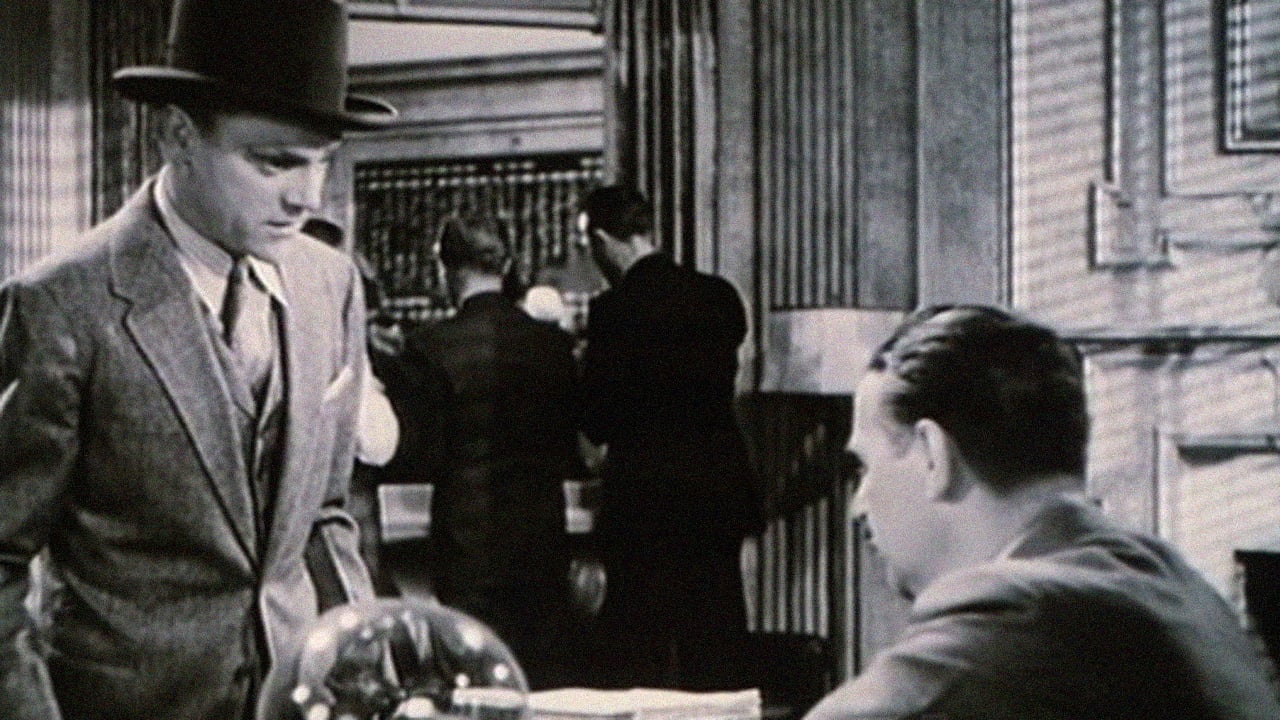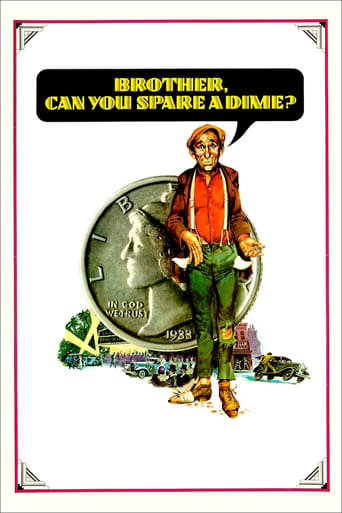

This was labeled as a documentary, so I expected there to be actual interviews or at least a narrative explaining what the references were. Instead, it's just a melange of clips and archival footage without any context. There's no script, no identification of anyone who's speaking, no labeling on the film clips, no explanation of the significance of what's been included.I'm fairly knowledgeable about this era, and even I didn't recognize half of the archival footage used or the personalities who appeared in it. I certainly didn't learn anything more from it, which is a shame. Anyone actually wanting to learn about the Depression era should give this a pass. The PBS series on the 1930s was far more interesting and informative.
... View MoreWell, I enjoyed it, but I'm not certain about my college classes. I wanted them to get a feel for life during the Great Depression and the way the economic collapse was treated by Hollywood -- half realism, half escapism.I showed it as a kind of vacation from classroom drudgery, no assignments associated with it, and maybe that was a mistake because they seemed bored by it. Possibly the footage and the messages behind it were so dated that it lacked any relevance for them. In another class, on memory, I tried illustrating the kind of mastery of detail that leads to the ability to reproduce the thing remembered. (Eg., you'd have to know Vincent in the Flames very well in order to reproduce it stroke for stroke.) The example I used was Jimmy Cagney. I'd stand up there shrugging, hitching up my pants, sneering, and carrying on about, "You dirty rat. You give it to me and now I'm gonna give it to you." (I was pretty good.) Not a peep. After suffering the humiliation of a non-response through three semesters I finally asked what was wrong with my impression of Jimmy Cagney. A long pause, then the response: "Who's Jimmy Cagney?" I'm sure most of them didn't catch the other historical figures either, whether icons or small potatoes."Who's that gorilla on top of the Empire State Building?" Or -- worse! "What's that big building the gorilla is standing on?" All of this raises some interesting questions. Whatever happened to our shared cultural data base, of which this movie is in part a quick sketch? What does it take to capture the imagination of a nescient people whose interests do not extend beyond their own body sheaths?Of course none of this is any reflection on these carefully assembled bits of newsreel footage and clips from Hollywood movies, too numerous to begin to describe. It follows a certain arc, which, with attention, can be discerned through the blizzard of images. I'll give a few examples.The political thread begins with Herbert Hoover and towards the end gives us glimpses of John F. Kennedy and his family. The many dancing scenes start with a marathon from the early 30s, with one shuffling dancer dragging his sleeping partner along the floor, and they end with the wildly ecstatic gyrations of the jitterbug. The songs themselves grow more chipper, the speeches more uplifting and hopeful. Then, in the very last scene, with World War II won and Americans bathed in peace and prosperity, a hydrogen bomb explodes and we hear the voice of W. C. Fields: "I wonder. I wonder. . . ."It's all impressionistic, a collage of incidents real and fictional, but skillfully done.
... View MoreI'm a high school history teacher, and have been using this film to show my students (mostly foreign) how the media portrayed the Great Depression. I also assign term papers about the era, and this movie gives them a good idea of what to choose. So far, I've had students choose to write on dance marathons, the dust storms, hobos,and the building of the Hoover Dam, just to name a few subjects.At first, they get a kick out of the music and the costumes, but the scenes of homeless people, the breadlines, and the general despair really hit home. Many never realized that America, the land of opportunity, was a land of unemployment, hunger, and fear for nearly a decade.This movie is a must to all who want to evoke the feel of the Depression and not just have the kids read it out of dry books. It's very hard to get someone in to speak first-hand about the era, this movie speaks for them.
... View MoreDocumentary on the depression era that begins at the crash and documents the horrible results on the country. Uses newsreel footage along with some hollywood film footage as well - it can be a little confusing since there are sometimes interspersed together. All in all a very well put together showing of that time in american history with some rare footage and songs of the time. on a scale of one to ten... 8
... View More